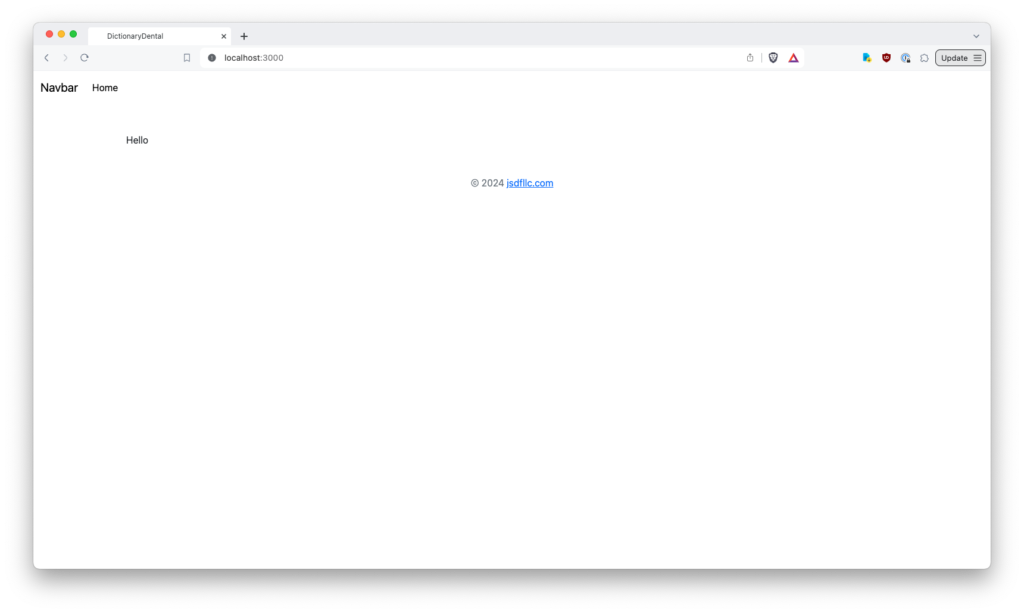When attempting to upgrade Dentrix on our relatively new server, we encountered a “Not enough space left on C:” drive. What? We have barely anything installed on this server.
For reference, this server has a single physical 1TB hard drive. That drive is logically partitioned into C: (60GB) and D: (the rest). D: is where we place all Dentrix, images, etc. data. The server is relatively new (2022) and doesn’t have the years of accumulated cruft that older servers have.
I ran WinDirStat to get a visual of where the hard drive was being used:

Odd.
Some initial searching on Google revealed this Microsoft reference page to clean up WinSxS.
First, in an admin PowerShell, I ran:dism /Online /Cleanup-Image /AnalyzeComponentStore
This returns:
- Actual size on disk
- Size of reclaimable data
- Whether a cleanup is recommended
The answer to the third question was “yes”, so we ran the cleanup with:dism /Online /Cleanup-Image /StartComponentCleanup
This only got us back to 8.5GB free (out of 60GB).
I followed up with:
dism.exe /online /Cleanup-Image /StartComponentCleanup /ResetBase
We are now up to 9.5GB free. Windows is now consuming 36.3GB of the C: drive.
In theory, this wasn’t enough to initiate the Dentrix upgrade. The Dentrix installer claims it requires 20GB (!) of free space on C: to continue. But, we tried the Dentrix upgrade again, and it went through (!!).
I’m out of options when it comes to clearing out more space on C: from these bloated Windows files. Everything I read online indicates that this is just the way Windows is, and there isn’t more we can do.
So, I feel like the next best option is to repartition D: and C: to give C: more of D:’s empty space.
Of course, reparitioning is Scary and Dangerous. I need to do a full disk backup before I do that. Which means pulling out Rufus and probably buying a giant external hard drive, before I do this.
What a mess.






